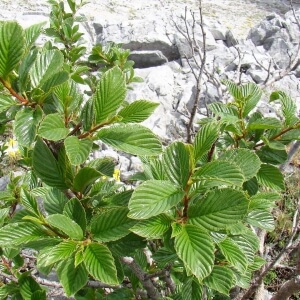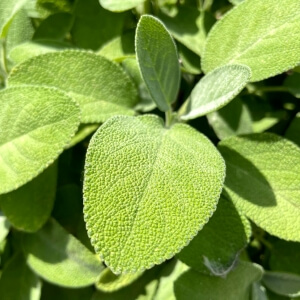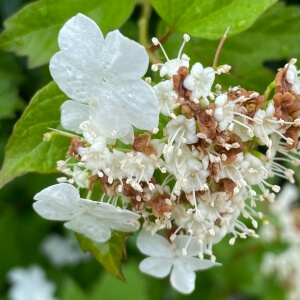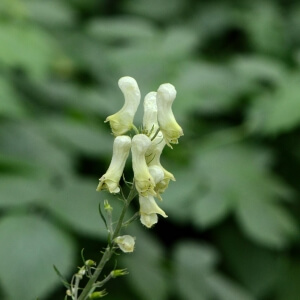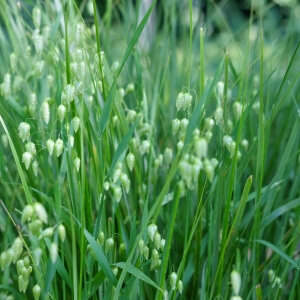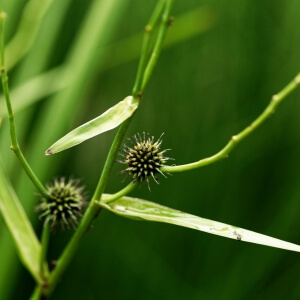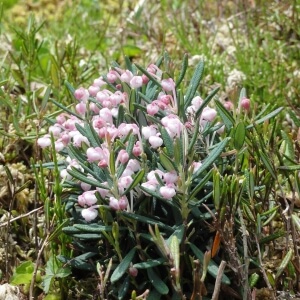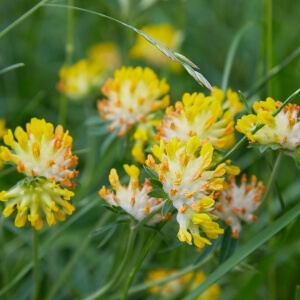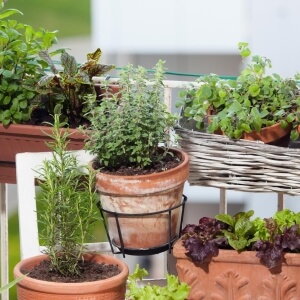

Du hast unseren Artikel zu Schmetterlingspflanzen gelesen und wunderst Du Dich über einen weiteren zum Thema Raupenfutter? Da bist Du in guter Gesellschaft. Man vergisst nämlich allzu leicht, dass Schmetterlinge und ihre Raupen zwei recht unterschiedliche Lebewesen sind. Gute Nektarpflanzen für Schmetterlinge sind nicht notwendigerweise gleichzeitig gute Raupenfutterpflanzen. Wir wollen Dir im Folgenden erläutern, warum ein schmetterlingsfreundlicher Garten sowohl Futterpflanzen für die Raupen wie auch Nektarpflanzen für die Schmetterlinge bieten sollte.
Weitere Informationen
Weitere Informationen
Weitere Informationen
Weitere Informationen
Weitere Informationen
Weitere Informationen
Weitere Informationen
Weitere Informationen
Weitere Informationen
Weitere Informationen
Weitere Informationen
Weitere Informationen
Weitere Informationen
Weitere Informationen
Weitere Informationen
Weitere Informationen
Weitere Informationen























